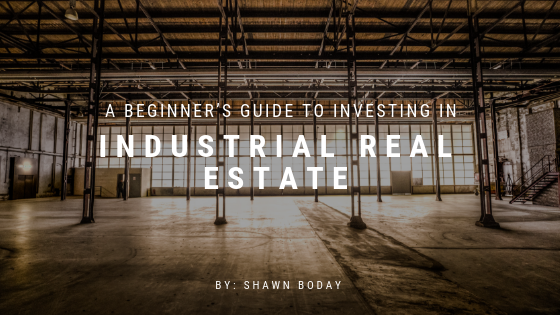Industrial real estate has long played second fiddle to more consistent investments like apartments and traditional retail outlets, but industrial investment is suddenly breaking out in a big way. The past few years have seen a steady 10% growth in the market, and the market was valued at almost half a billion in 2017. It’s a trend that’s likely to stay steady, bolstered by the growth of e-commerce and the need for more warehouses to support their operations. If you’ve ever considered investing in industrial real estate, now’s the time, and here are some tips that can help you make the most of your money.
Determining a Property’s Value
The industrial sector has been in decline for some time, and that means that there’s less in the way of formal standards for evaluating their value. You may have to do some extra work to figure out a property’s worth. Start by measuring the square footage and comparing it to other warehouses in your region. From this baseline, you can adjust the value by using a number of metrics like age, security, and the presence of useful equipment and technology.
Determining the Right Location
While residential and commercial properties have fairly similar standards for desirability, warehouses follow different rules. The one major selling point for a warehouse’s location is how well positioned it is to deliver product efficiently. The ideal location is situated near a major transit hub like an airport or seaport as well as a centralized highway. And while that’s the principle thing to keep in mind, picking a warehouse that’s near a major population center can also be a huge selling point that can increase your property’s values significantly.
The Advantages of New Properties
The obvious choice for new investors might be to put their money into aging warehouses. Older warehouses in urban areas are often outperforming newer developments due to their location, but there are a couple of reasons why they’re unwise choices for a long term investment. The scarcity of these locations makes them highly competitive targets, and many of them aren’t equipped to meet the needs of new e-commerce retailers. Their lack of height means that they aren’t well-suited to the more efficient verticality of modern warehouses, and upgrading them to accommodate the robotics that power the modern warehousing industry is so costly that they can’t really be seen as an economically frugal alternative to newer developments built from the ground up to meet the needs of tenants.

